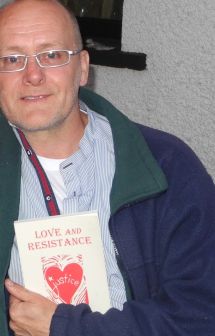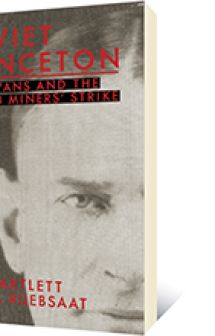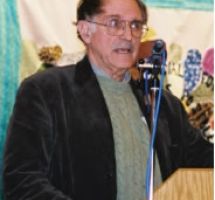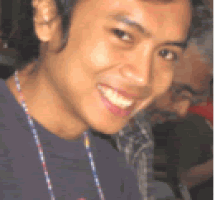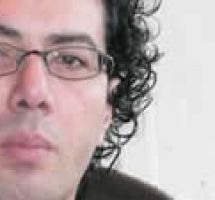
© 2005. Photo of Fraser river by Theresa Wolfwood.
The Fraser is one of the largest rivers in the world, and still, one of the few unfettered by dams or diversions. It flows through British Columbia creating a giant “S” before it empties into the Pacific at Vancouver. Bocking, an eloquent writer and passionate naturalist, describes the Fraser as the organizing element of a vast landscape. The Fraser traverses desert, alpine meadows, forests, deep canyons and a broad island—dotted valley of its own creation over the last 12 million years.
I lived most of my early life near the Fraser, in its valley and canyon, I still thrill when I see its brown silt laden water spill into the clear sea. This year I read this book as I travelled in the Cariboo region of the Fraser, seeing for the first time an upper canyon and multi coloured rock faces set in open range country.
I saw the natural elements Bocking describes, but also better understood the human history around the Fraser. Bocking writes about the 1st Nations peoples´ relationship with the mighty river and the exploration and settlement by Europeans and the development of industry in the last 300 years. Although he has researched well and reported fairly on the latter, the author leaves no doubt as to where he stands — on the side of this unique environment and the people who respect it.
Anyone interested in Canadian natural or human history will enjoy this book. Those who recognize the importance of riverine culture and ecosystems will learn much from this study.

 Follow
Follow

